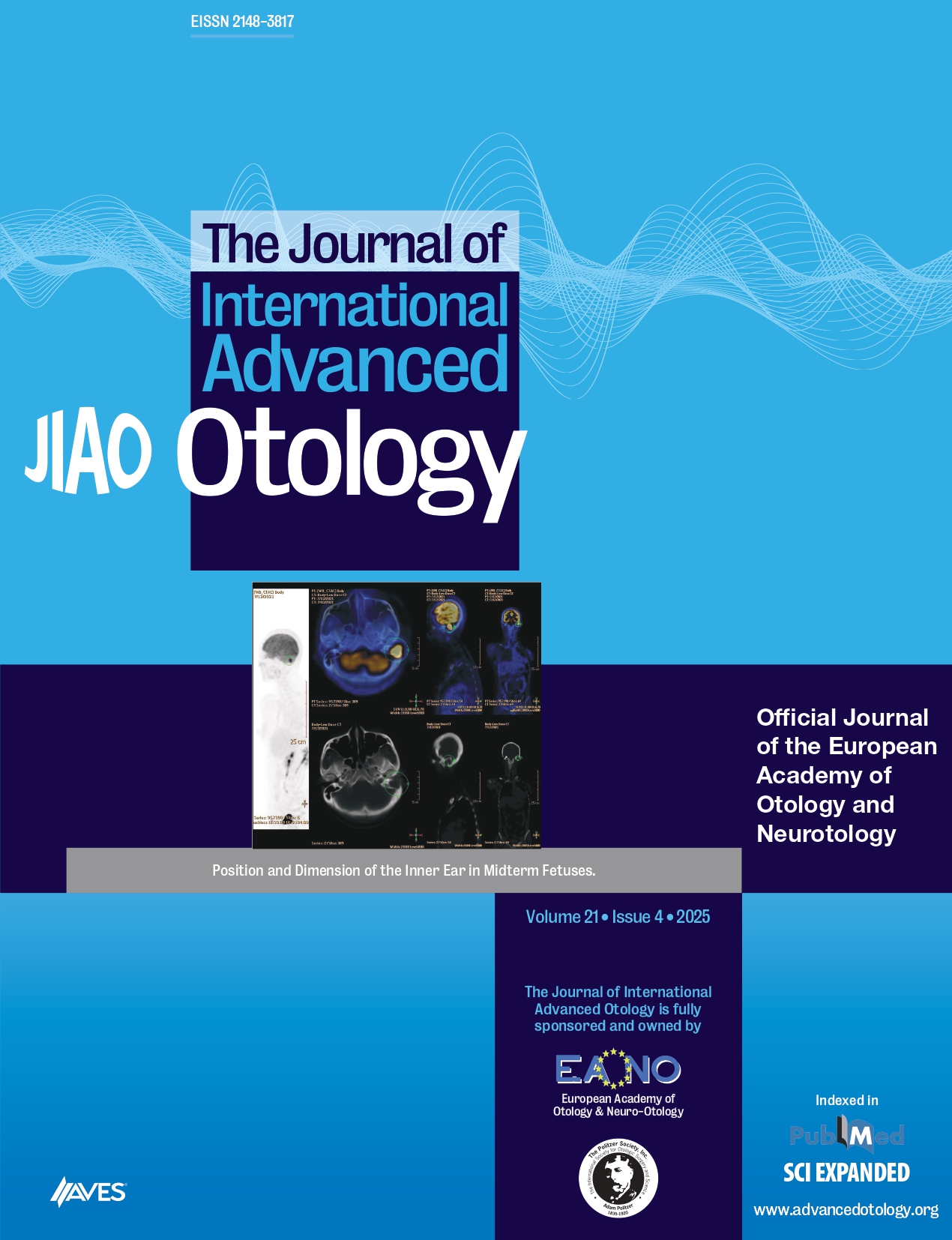BACKGROUND: The aim of this study is to compare the spectrum and frequency of GJB2, SLC26A4, GJB3, and MT-RNR1 mutations in 4 different areas of China.
METHODS: A total of 509 patients from Linyi, Xinxiang, Yichang, and Baise were enrolled in this study. Twenty of the most common mutation sites were analyzed by matrix-assisted laser desorption/ionization time-of-flight mass spectrometry.
RESULTS: Patients from Yichang (in central China; 22.50%) and Linyi (in eastern China; 23.55%) carried a greater proportion of the 5 most common GJB2 mutations compared with patients from the other 2 areas surveyed, namely Xinxiang (in the North China Plain) and Baise (in south-central China). In comparison, patients from Yichang (10.00%) and Xinxiang (12.94%) had a higher prevalence of the 11 most common SLC26A4 mutations. Interestingly, only 1 patient (1.47%) from Baise was confirmed to carry the c.1229C>T mutation of SLC26A4. Among the 20 mutation sites analyzed across these 4 genes, c.235delC in GJB2 and c.919-2A>G in SLC26A4 were the most common mutations across all 4 geographical regions. The c.235delC mutation in GJB2 was significantly more prevalent in Yichang (18.13%) and Linyi (18.31%) than in the other 2 areas, whereas the c.919-2A>G allele of SLC26A4 was present at much higher frequencies in Yichang (8.44%) and Xinxiang (8.74%) compared with the other areas.
CONCLUSIONS: This study increases the available data on hearing loss-associated mutations and provides evidence of the need for risk assessment and genetic counseling of populations from these 4 areas of China.
Cite this article as: Wang Y, Chen W, Liu Z, Xing W, Zhang H. Comparison of the mutation spectrum of common deafness-causing genes in 509 patients with nonsyndromic hearing loss in four different areas of china by matrix-assisted laser desorption/ionization time-of-flight mass spectrometry. J Int Adv Otol. 2021;17(6):492-499.



.png)
.png)